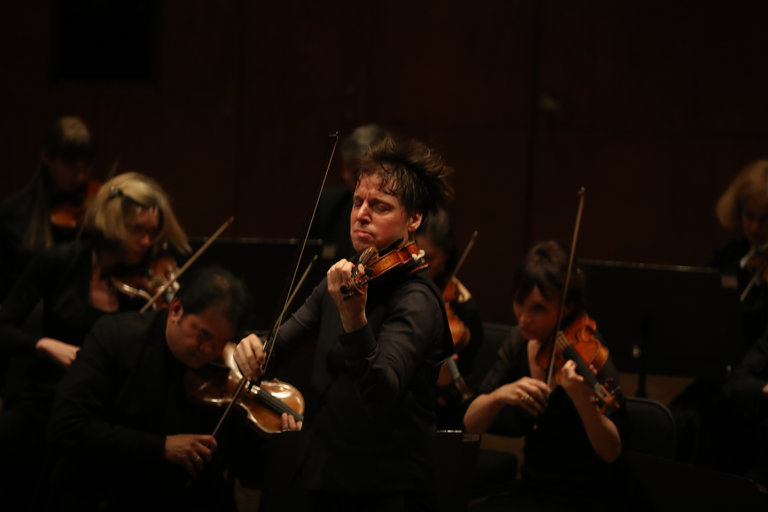Every now and then there are those memorable moments. In late March, I was invited to a such a very special musical evening in New York. The day after the Academy of St. Martin in the Fields performed Tchaikovsky’s Violin Concerto in D Major (Op.35) at David Geffen Hall, there was a small cocktail reception at the home of Joshua Bell, the Academy’s musical director and star violinist. As a lover of classical music in general (regular readers will know) and the violin and piano as instruments in particular, this evening was of the highest caliber and a pure joy to experience. Joshua greeted his guests warmly while holding his 300-year-old Stradivarius violin close. This is the ‘Gibson ex Huberman’ violin, which was made in 1713 and is one of only a few hundred surviving ‘Stradivarius’, as the instruments by its Italian maker Antonio Stradivari are called. What makes them so special is both their historical significance and their unparalleled sound quality. Numerous scientists have analysed the Italian luthier’s creations to understand what makes their sound so perfect. Their sound is like a human voice, say some. Researchers analysed the wood chemically and found that the treatment used on the wood may be the secret. In any case, these are certainly some of the finest instruments humanity has ever produced and they have been passed from generation to generation, played by the most talented virtuosos of their time.

The list of incredible musical figures involved in the stories of these violins and related anecdotes are endless. Jascha Heifetz, who owned the ‘Dolphin; Delfino’ violin, played so exceptionally on his debut, that Fritz Kreisler famously said ‘We might as well take our fiddles and break them across our knees.’ Thankfully he didn’t, for his was the ‘Huberman; Kreisler’ Strad. Stradivarius have also continually been the targets of theft because of their historical significance and high value (as well as, presumably, their handy form-factor). This is why they are often guarded and rarely seen closely outside of museums.

The story of the Stradivarius violins also connects beautifully to how this particular evening continued. After talking with some of the other guests about music and various topics, Joshua Bell treated us to a living-room performance of César Franck’s Sonata in A Major. This has now become one of my favourite violin sonatas but I must admit that I never really came across it before, so the brief historical introduction given by our host in the beginning helped me to place the Belgian composer’s work and the anecdote that this piece was in fact composed as a wedding gift for his protégé – Eugène Ysaÿe – excited me for the music to come. Eugène Ysaÿe also called a Stradivarius his own – it is now named the ‘Herkules; Ysaÿe; ex-Szeryng; King David’. Eugène was regarded ‘The King of the Violin’, so fittingly his teacher composed a violin sonata – a format as in which they often must have been practising together. The late romantic composer César Franck created this beautiful sonata that would cement his reputation as a composer together with five other of his most important works.
Joshua Bell was accompanied on his Steinway and the setting couldn’t have been more perfect. Something that often irritates me is that classical music isn’t often enough performed in homes and living rooms anymore, as many pieces were intended for. As a lover of baroque chamber music, listening to a handful of of instruments performing in vast halls that can barely be filled acoustically is always a bit of a sobering experience. Whenever I hear such music played in smaller settings, however, it starts to come to life. The acoustic warmth and physical setting of just being in a smaller room – much closer to the instruments and performers – simply creates a vastly different experience. Of course, this is not very scalable economically, which is why large audiences will have to be filled for the foreseeable future and intimate, world-class performances will remain a rare luxury. Maybe virtual reality will alleviate this short-coming in the not-too-distant future? Until we have reached that point, this evening will remain one of those rare, memorable occasions.
And finally the piece itself. Here the 4th movement played by Joshua Bell on another occasion:

Yo-Yo Ma Plays Bach in Montréal - Kohlmann Notes
January 6, 2019[…] music for himself. Below is a photo of the by then world famous Pablo Casals together with Fritz Kreisler and other grandees of the classical music scene at the time around a concert at Carnegie […]